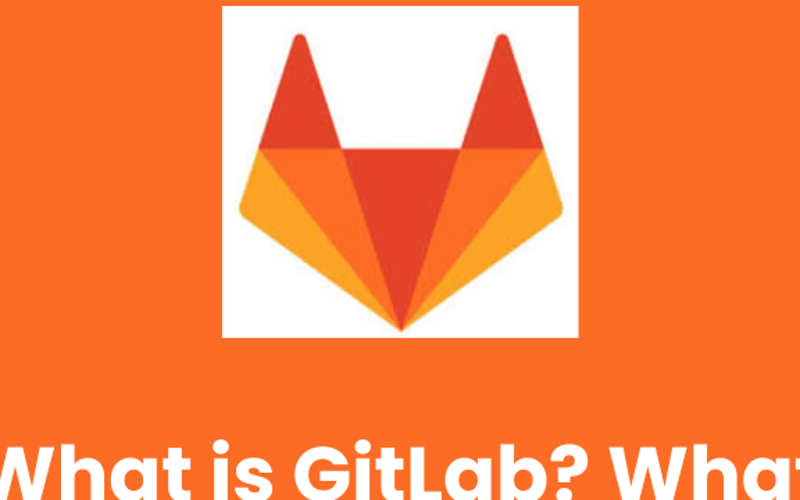There is a genuine problem with managing and securing the deployment of software that is faced by a lot of companies. So, to help companies sort out this issue, GitLab was introduced.
It’s an open-source code repository that helps in DevOps and DevSecOps projects. Developers can test as well as deploy code. The selling point of GitLab is actually its cloud-based Git repository that a lot of developers love. The best part? It’s totally free. There is an option for storing your online code and tracking your own issue. In fact, by using GitLab, you can host varying development chains and versions.
GitLab was created in 2011 by developers, Valery Sizov and Dmitriy Zaporozhets. They were both from Ukraine. The reason they made GitLab was that they needed a tool that could help them collaborate with other team members. Even now GitLab is used for the same purpose. It offers everything from tracking to planning.
Moreover, GitLab also gives end-to-end DevOps capabilities that you can add to every development cycle. Additionally, there is this option to automate as well as test code by using GitLab’s continuous integration(CI). In GitHub, developers have to choose their CI/CD tools after integration. But in GitLab, CI/CD tools are already integrated. In fact, you can also edit the role of users and this is really easy to do. Its main focus is on reliability.
Developers can also use many security-related capabilities. There is one dashboard that can help in vulnerability management as well. Developers can also use fuzz testing which is basically used to detect software defects as well as problems. Additionally, there are some public and private branches. Again, you don’t have to pay a single penny just to use them. Though, GitHub has some paid plans.
Now, let’s see some prominent features of GitLab.
- They can import code repositories from Bitbucket.
- The community is open-source. This means that if you find any error in it then you can mention that as well.
- The best maintenance is present between repositories.
- There are a range of tools that are used to track time as well as issues.
- The code can be easily maintained as well as previewed.
- There are a lot of self-hosted versions that are free of cost.
- Users can also review project development charts.
However, like any other technology, there are some cons as well. For instance, the server of GitLab is really slow. There are a lot of bugs that you might need to manage. There are some features that are related to software development and they are missing. In a lot of repositories, there are many common problems. Contrary to GitHub, there are a lot of plans that GitLab have that can help in load performance testing. But GitLab has varying paid plans. But yes. At times, GitLab can be really complicated for beginners.
Source link
lol

